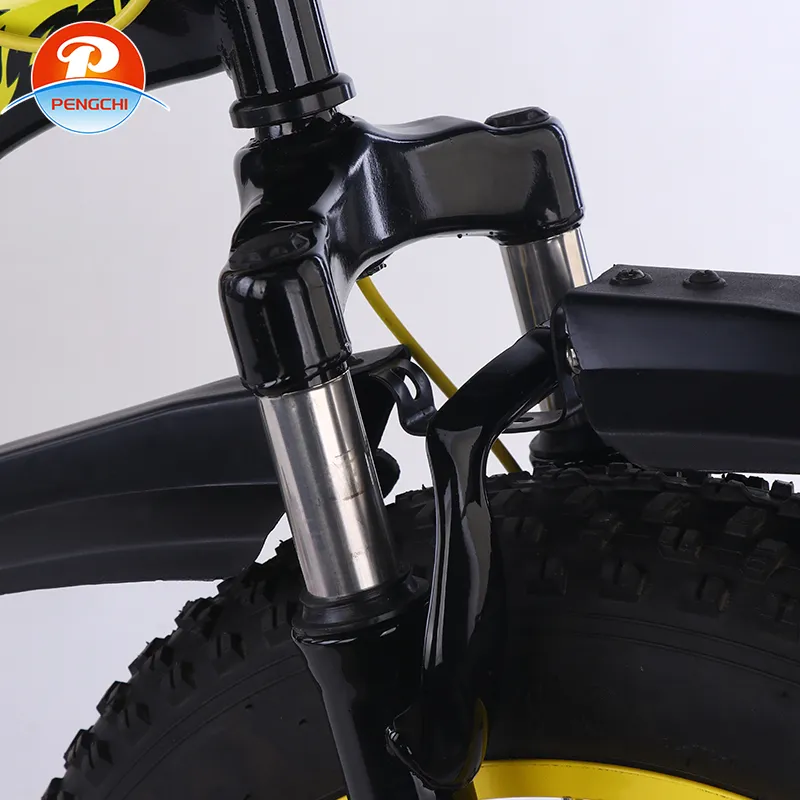
-
 Afrikaans
Afrikaans -
 Arabic
Arabic -
 Belarusian
Belarusian -
 Bengali
Bengali -
 Bulgarian
Bulgarian -
 Croatian
Croatian -
 Czech
Czech -
 Danish
Danish -
 Dutch
Dutch -
 English
English -
 Finnish
Finnish -
 French
French -
 German
German -
 Greek
Greek -
 hawaiian
hawaiian -
 Hebrew
Hebrew -
 Hindi
Hindi -
 Hungarian
Hungarian -
 Indonesian
Indonesian -
 irish
irish -
 Italian
Italian -
 Japanese
Japanese -
 Javanese
Javanese -
 kazakh
kazakh -
 Khmer
Khmer -
 Korean
Korean -
 Kyrgyz
Kyrgyz -
 Lao
Lao -
 Latin
Latin -
 Luxembourgish
Luxembourgish -
 Malay
Malay -
 Myanmar
Myanmar -
 Norwegian
Norwegian -
 Persian
Persian -
 Polish
Polish -
 Portuguese
Portuguese -
 Romanian
Romanian -
 Russian
Russian -
 Serbian
Serbian -
 Slovak
Slovak -
 Somali
Somali -
 Spanish
Spanish -
 Swedish
Swedish -
 Tagalog
Tagalog -
 Thai
Thai -
 Turkish
Turkish -
 Turkmen
Turkmen -
 Ukrainian
Ukrainian -
 Uighur
Uighur -
 Vietnamese
Vietnamese
Feb . 03, 2025 04:23 Back to list
358Factory Price 20 Inches, 7-Speed Popular MTB Bicycle Boy Bike For Children, Street Cool Youth, Student Mountain Bike
Mountain biking offers a thrilling escape into nature’s rugged landscapes, and choosing the right bike can significantly enhance this experience. However, the differences in mountain bikes often confuse even seasoned riders. Here’s an expert breakdown of the key variations among different types of mountain bikes to help you make an informed decision.
Downhill bikes are purpose-built for descending at speed. With even more suspension travel (up to 210mm or more), they excel in downhill racing and technical descents. The geometry is extremely slack, prioritizing stability and control at high speeds and on massive drops and rock gardens. Due to their specialized nature and weight, they are not suitable for climbing and are typically used in downhill parks and competitions. Fat bikes stand out with their oversized tires, which can be 3.8 inches wide or even larger. Originally designed for riding on snow or sand, these bikes offer unparalleled traction and float over soft terrains. While heavier and slower on hard-packed tracks, fat bikes open up riding opportunities in conditions where normal mountain bikes would falter, making them ideal for adventurous exploration in snow-covered trails or sandy beaches. Choosing the right mountain bike hinges on understanding the terrain you will primarily ride on and your specific riding style. Whether it’s the swift acceleration of a cross-country bike or the robust downhill stability of a specialized rig, the correct bike can transform your cycling experience, offering not just comfort, but a competitive edge and personalized enjoyment. In conclusion, the variations in mountain bikes are not just about aesthetic differences but are intricately designed modifications that cater to distinct riding needs and environments. Each type presents unique benefits tailored to specific trails and riding preferences, underscoring the importance of an informed choice in enhancing both performance and enjoyment. For anyone interested in diving into the world of mountain biking, balancing expert insights with personal riding goals will ensure that the mountain bike you choose will be a perfect companion on your biking adventures.


Downhill bikes are purpose-built for descending at speed. With even more suspension travel (up to 210mm or more), they excel in downhill racing and technical descents. The geometry is extremely slack, prioritizing stability and control at high speeds and on massive drops and rock gardens. Due to their specialized nature and weight, they are not suitable for climbing and are typically used in downhill parks and competitions. Fat bikes stand out with their oversized tires, which can be 3.8 inches wide or even larger. Originally designed for riding on snow or sand, these bikes offer unparalleled traction and float over soft terrains. While heavier and slower on hard-packed tracks, fat bikes open up riding opportunities in conditions where normal mountain bikes would falter, making them ideal for adventurous exploration in snow-covered trails or sandy beaches. Choosing the right mountain bike hinges on understanding the terrain you will primarily ride on and your specific riding style. Whether it’s the swift acceleration of a cross-country bike or the robust downhill stability of a specialized rig, the correct bike can transform your cycling experience, offering not just comfort, but a competitive edge and personalized enjoyment. In conclusion, the variations in mountain bikes are not just about aesthetic differences but are intricately designed modifications that cater to distinct riding needs and environments. Each type presents unique benefits tailored to specific trails and riding preferences, underscoring the importance of an informed choice in enhancing both performance and enjoyment. For anyone interested in diving into the world of mountain biking, balancing expert insights with personal riding goals will ensure that the mountain bike you choose will be a perfect companion on your biking adventures.
Previous:
Latest news
-
New Red Anti-theft E-Bike | Easy Ride City Commuter
NewsJul.31,2025
-
BMX 20 Inch Bikes for Freestyle & Street | Fat Tire Options Available
NewsJul.30,2025
-
322 High Quality 26 Inch 21 Speed Adult Mountain Bike OEM MTB
NewsJul.29,2025
-
Specialized Kids Mountain Bikes - Safe, Durable & Fun Riding Experience
NewsJul.29,2025
-
Little Kids Mountain Bike - Lightweight Bikes for Young Riders
NewsJul.29,2025
-
Kids Mountain Bike Trek – Full Suspension for 6 Year Old Riders
NewsJul.29,2025

